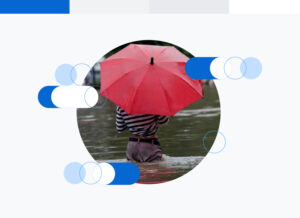
Verticals
Related Articles
-
FedRAMP 20x: Modernizing Cloud Security Authorization Through Automation and Continuous Assurance
FedRAMP 20x reimagines authorization, shifting compliance from document-driven processes to data-driven assurance.
Where the Physical Meets the Virtual: How Digital Twins Transform Flood Management
Discover how AI-powered digital twins revolutionize flood prediction by overcoming traditional modeling challenges.




